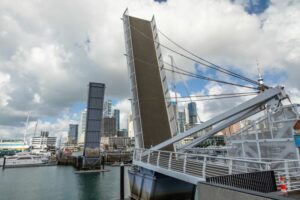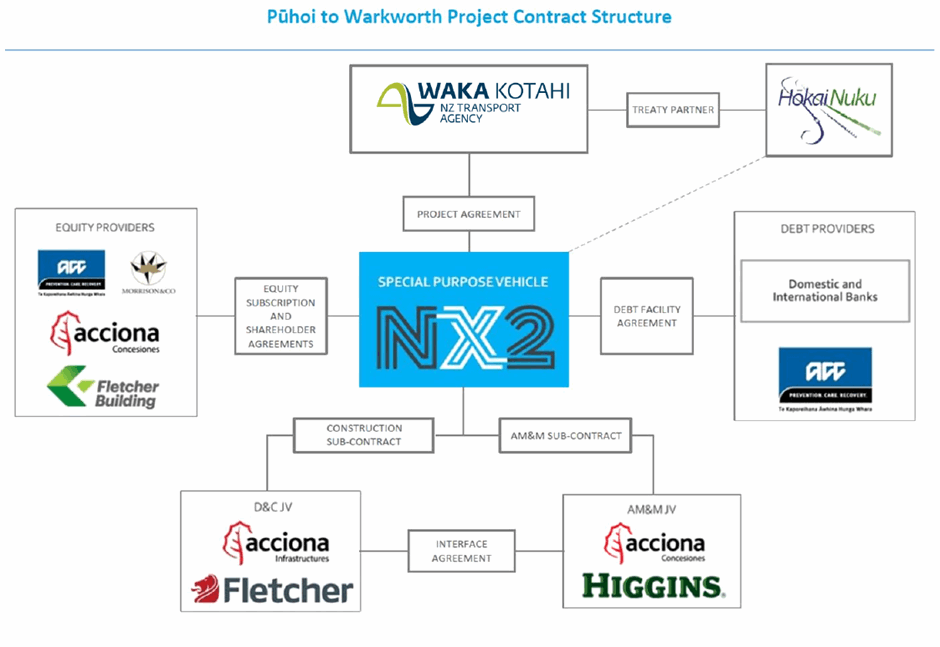 Principal Consultant, Tim Christensen was featured in Eke Panuku’s recent newsletter as a key person leading the planning and delivery of the timely Wynyard Crossing Bridge maintenance project, which should see it fully operational for next summer. As Project Delivery Manager, Tim was pleased to be involved, not just in the restoration of this interesting bridge, but in ensuring a durable solution was implemented that will ensure the long-lasting performance of this significant element in the effective movement of people around the waterfront.
Principal Consultant, Tim Christensen was featured in Eke Panuku’s recent newsletter as a key person leading the planning and delivery of the timely Wynyard Crossing Bridge maintenance project, which should see it fully operational for next summer. As Project Delivery Manager, Tim was pleased to be involved, not just in the restoration of this interesting bridge, but in ensuring a durable solution was implemented that will ensure the long-lasting performance of this significant element in the effective movement of people around the waterfront.
You can read more about the project here.




